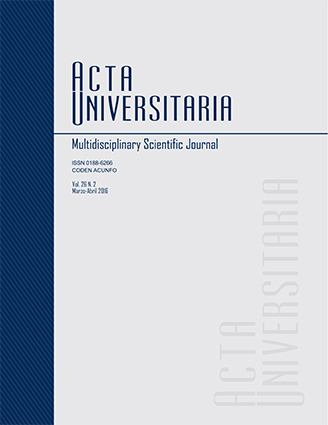Characteristics of patients with coronary disease discharged of a tertiary hospital care in Mexico
Published 2016-05-17
Keywords
- Coronary diseases,
- patients,
- evaluation,
- Mexico.
- Enfermedad coronaria,
- pacientes,
- evaluación,
- México.
How to Cite
Abstract
Acute myocardial infarction is a sudden illness, its development is unique to each person, and is influenced by socio demographic conditions. The aim of this work was to develop an epidemiological profile of patients who were discharged in a tertiary hospital in Mexico between of years of 2008 to the 2013 and identify the type of treatment and outcome of improving health. A descriptive retrospective study was performed, obtaining information from medical records. Of the total number of people served (325), 46% have overcome illness, more often in men (85.4%), average age 59 years. 92% had their first acute event, 43.7% reported a factor associated with cardiovascular disease, hypertension (57%) and type II diabetes (39%) are co-morbidities. In surgery as a treatment an association was found in the days of hospital stay and a trend to complications, suggesting surgical evaluation protocol election.

